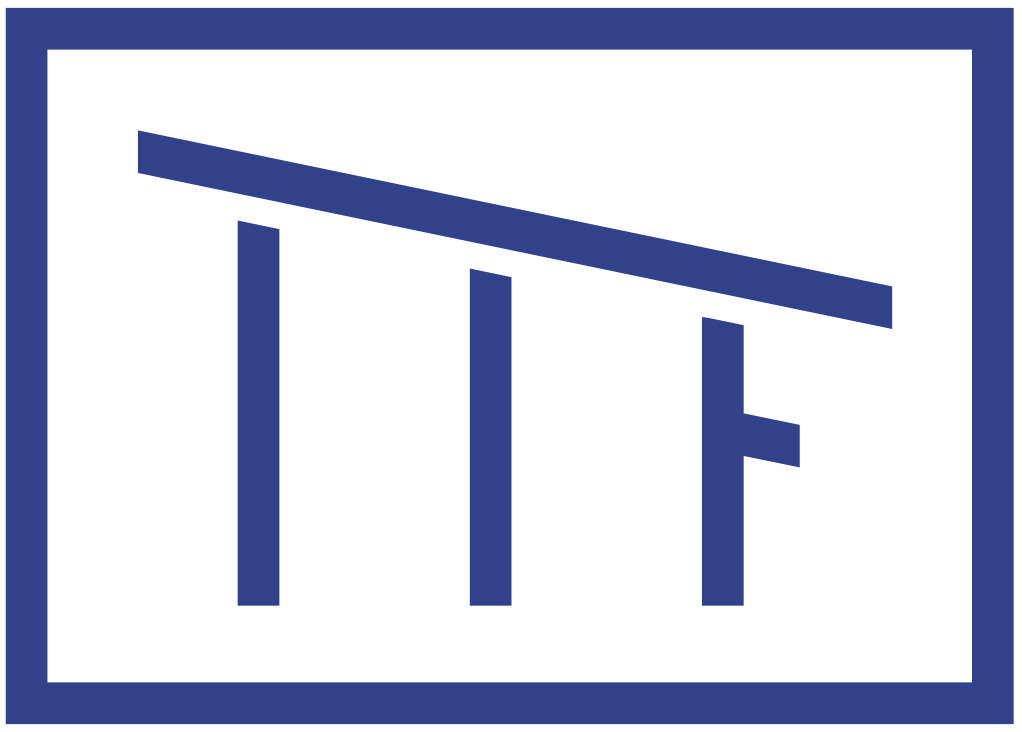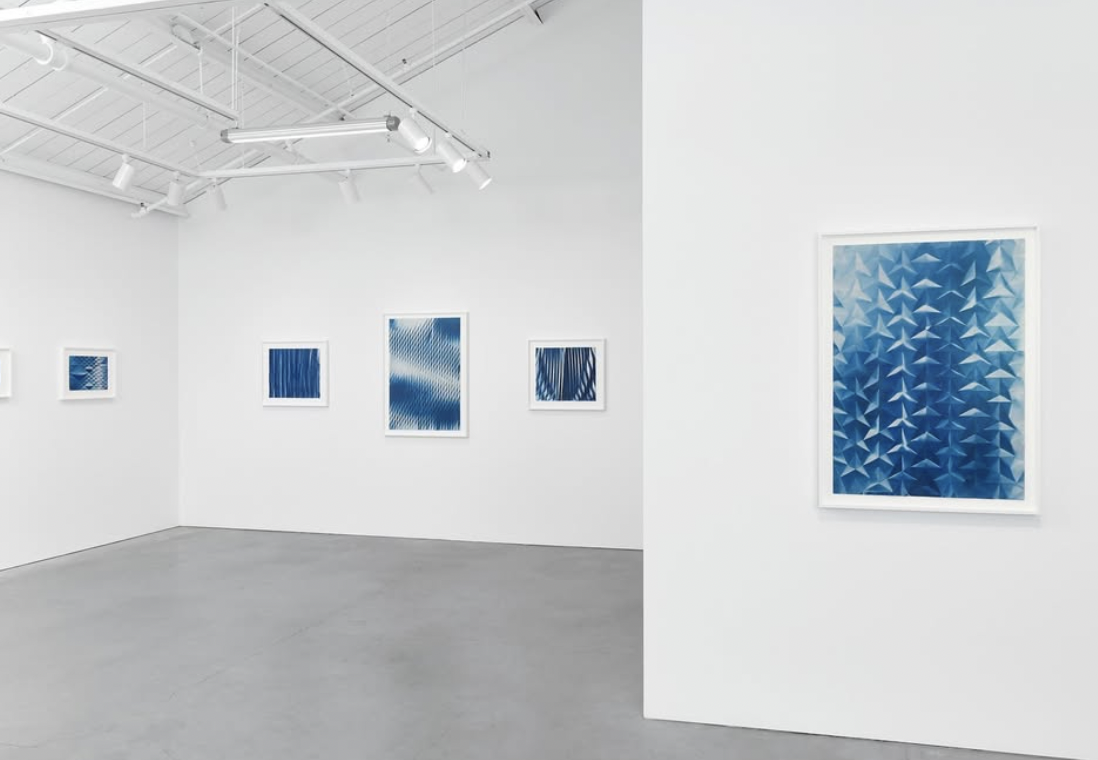Marianne Shaneen
Marianne Shaneen is a writer of fiction, essays, and poetry. She has been awarded fellowships at MacDowell, Yaddo, Djerassi, and the Tusen Takk Foundation (2021). She received her MFA in writing from the Bard Milton Avery Graduate School of the Arts, Annandale-on-Hudson, NY. Her fiction "The Mason Jar" was published in The Kenyon Review (Sept/Oct 2020), and her work has appeared in Bomb magazine, The Brooklyn Rail, the book Monstrous Adaptations (Manchester University Press), Vanitas, and elsewhere. Her chapbook Lucent Amnesis was published by Portable Press/Yo-Yo Labs. She has also worked in documentary video, and was awarded a NYSCA Individual Artist Grant for her poetic, playful, provocative video essay exploring fluid identity and trans-species possibility. Recently, Shaneen wrote a text and voiceover for the essay film Kansas Atlas by filmmaker Peggy Ahwesh which screened at the 2020 New York Film Festival and in numerous galleries. Shaneen has been commissioned to write for Henry Gallery in Washington, for the film and installation Bugs and Beasts Before the Law by collaborative duo Bambitchell (2021), as well as for solo shows by artists such as Suzanne Kite (2021), Miruna Dragan, Barbara Ess, and choreographer Rebecca Davis. She has read at the Poetry Project, Poets and Writers, the Whitney Museum, the Zinc Bar, and other venues across New York. Shaneen is currently finishing her first novel, Homing. She lives in Brooklyn and in upstate New York, with her partner and their dog Rupert Pupkin.
Still from Kansas Atlas. Text and voice by Marianne Shaneen for essay film by Peggy Ahwesh, screened at New York Film Festival, Microscope Gallery, and New Media Artspace at Baruch College
Artist Statement
As a Lebanese/Mexican-American woman raised by a single mother in a conservative Midwestern suburb, I’ve always been drawn to the marginalized, and to questioning boundaries. When my senior high school English assigned “Crime and Punishment, I was newly struck by the power of language and as soon as I finished it, I read it again. The discovery of books, films, art, and later my own writing, essentially saved my life.
As we increasingly assert the fluidity of our bodies and identities in liberating ways, we’re also increasingly endangered, permeable to environmental toxicity, and vulnerable to geo-economic, corporate, and biopolitical violence. In giving access to another’s intimate experience or consciousness, one promise of art is in its ability to inspire empathy—which I believe may be the most important quality we need to change our exploitative socioeconomic system, adapt to climate change, and survive as a species. We urgently need paradigm shifting voices, and artists are crucial for envisioning new ways to move into a dizzyingly complex future that we have no blueprint for.
Contending with the delineations of a self’s permeable and impermeable boundaries, empathy, and alterity, my work constantly asks: Where does self end and other begin? My work is an extended multifaceted inquiry into posthuman subjectivity, imagining encounters between humans and animals, plants, and materials. It questions the possibilities, limits, and ramifications of knowing an other. It grapples with the need to have empathy for other creatures—encountering the “strange stranger”—while also negotiating embedded power relationships, and to what degree trying to know, for example, an animal’s consciousness, is a colonialist, anthropomorphizing gesture.
My work uses digression and repetition to create interconnected layers of meaning. In densely reflecting and refracting constellations of ideas, it reveals often uncanny connections between seemingly disparate elements. In this manner, I hope to illuminate deep interconnectedness, while also advocating for the desirability and marvelousness of otherness—protecting the integrity of boundaries beyond which another cannot be known, assigned a reductive identity, profited from, or surveilled.
The 17th-century polymath Athanasius Kircher proclaimed: All is bound in secret knots. I’m proposing a vision of exchanges and entanglements between human, animal, plant, matter, and machine, to radically engage the idea that ‘there is no outside.’ My work aspires to contribute to the revaluation of the human position in the biosphere—as one among many, rather than one above all.
At Tusen Takk
Marianne will use her residency to continue work on her novel Homing, a wildly ranging speculative fiction of animal-human-geological entanglement, grounded in an intimate portrait of a woman's unmoored relationship to her family and identity. Homing experiments with what Marianne calls “writing in the first non-human-person,” engaging the ‘perspective’ of nonhuman creatures and materials—a magpie, a tree, a housefly, a stone, plastic—and how they are all deeply embedded in the life of the narrator. On a red-eye from New York to Los Angeles, unattached to family or place, Isabel, a somewhat unreliable narrator, delves into memories and reveries about animal and plant consciousness, eco-destruction, and the specter of military and corporate control of technologies and bodies. With a hurricane on the East coast and wildfires on the West, as she realizes that everywhere home might be is becoming uninhabitable, personal trauma becomes increasingly entwined with ecological trauma.
Zooming from micro to macro, through fable and hyperbole, Homing connects patriarchal power and histories of genocide and militarization, and delves into strata of geology and memory, taking imaginative flights through American cultural mythology. Homing grounds my extensive research into science, geology and cultural history, in the intimate stories of its female protagonist. This allows Marianne to deliver information about history and ecology, for example, with a strong, surprising emotional impact. Homing reveals the connective tissue between its main character's personal traumas, and collective and ecological trauma. For example: a stone in Isabel's ring ‘narrates’ its cosmological origin story, Isabel's childhood on an airforce base, histories of European colonialism in New Mexico, and the first atomic bomb blast—connecting ecological, personal, and militarized trauma. A story of two characters engaging in “geophagia”—dirt-eating—is a story about the culture and genocide of indigenous peoples near Sacramento, California, environmental contamination, and sexual abuse. As a counterpart to the stone, plastic speaks—as a quasi-immortal substance, outliving humans, and indulging a futuristic fantasy of disintegrating into microplastics that will harbor new microbial life-forms in the ocean.
Homing is ultimately a complex portrait of a woman who is characterized by her place in our contemporary moment—where the potential implications of our interconnectedness may be as destructive as they are liberating and sublime.”
Related News






